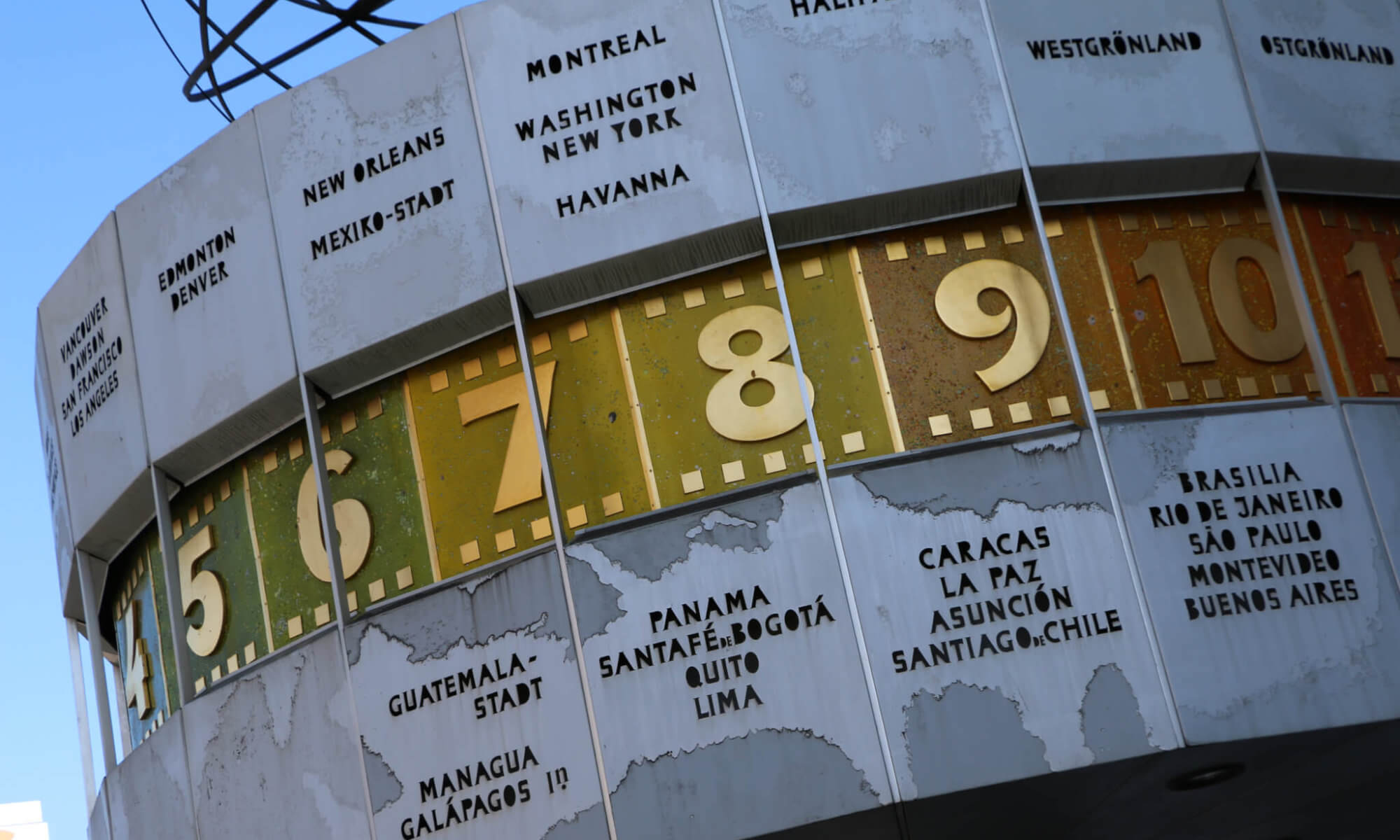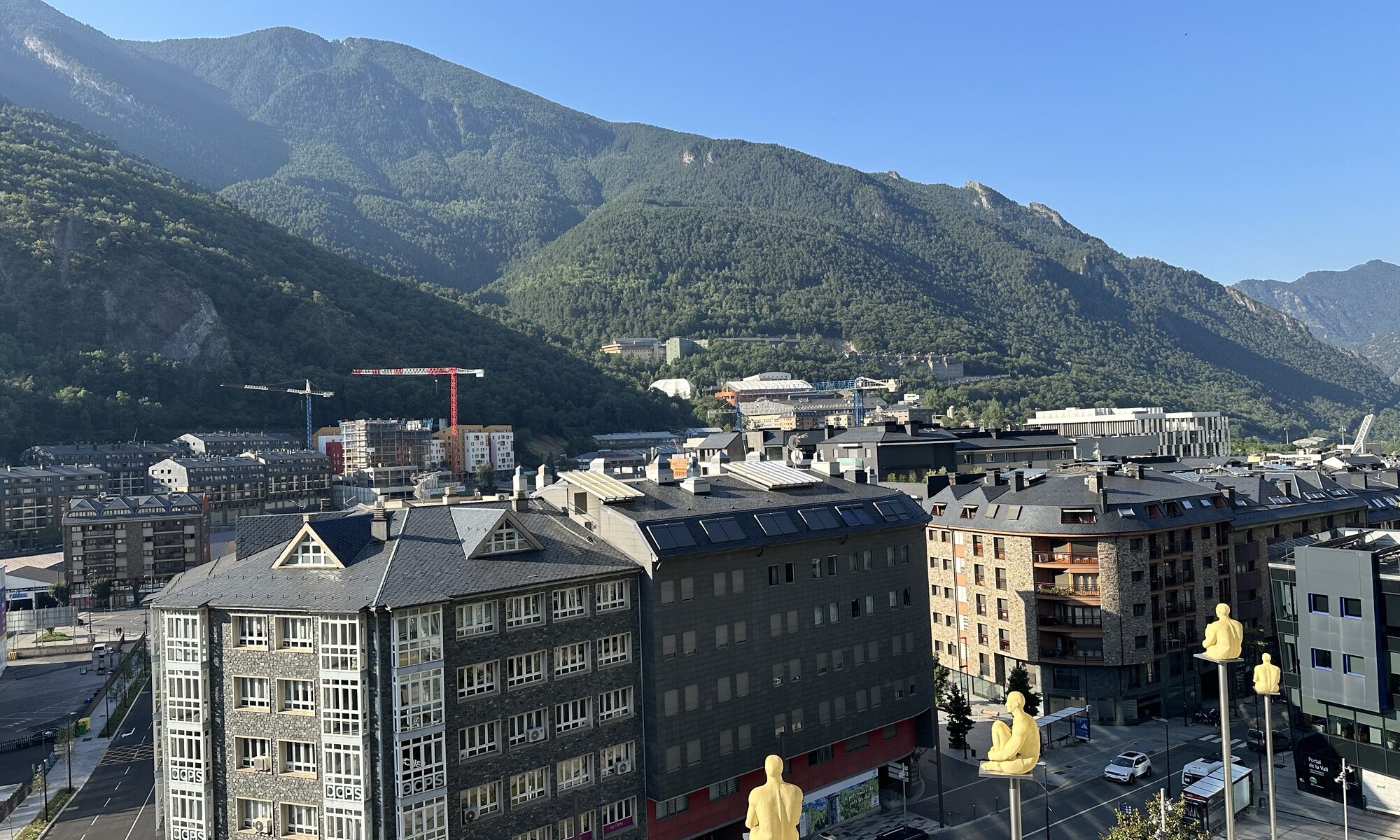On my mission to visit the remaining microstates in Europe, Andorra was probably the hardest nut to crack. It is located secluded in the Pyrenees mountain without having an airport or a railway station. Your only chance is to fly to Barcelona or Toulouse and do a long bus ride into mountains. I decided for the latter and made my way up to the small country I only knew as a tax haven and from Max Frisch‘s book title. Was it worth it? Sure, but not for the shopping-oriented city of Andorra la Vella – more for the history, the ancient city center and for the nature of the Pyrenees.
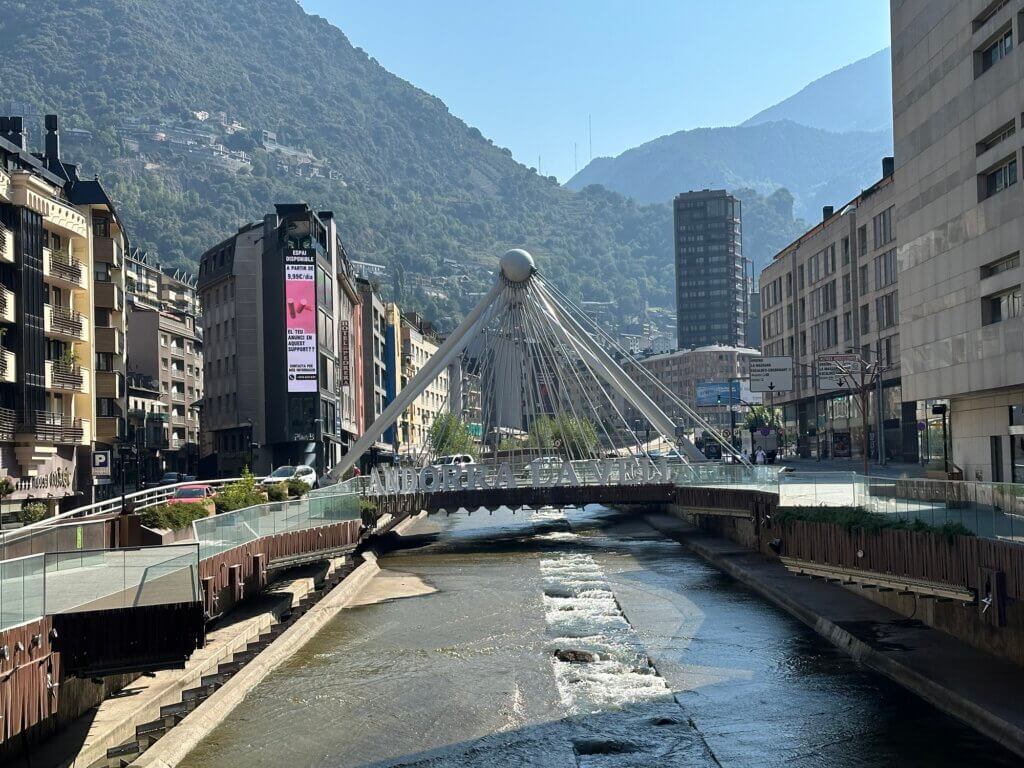
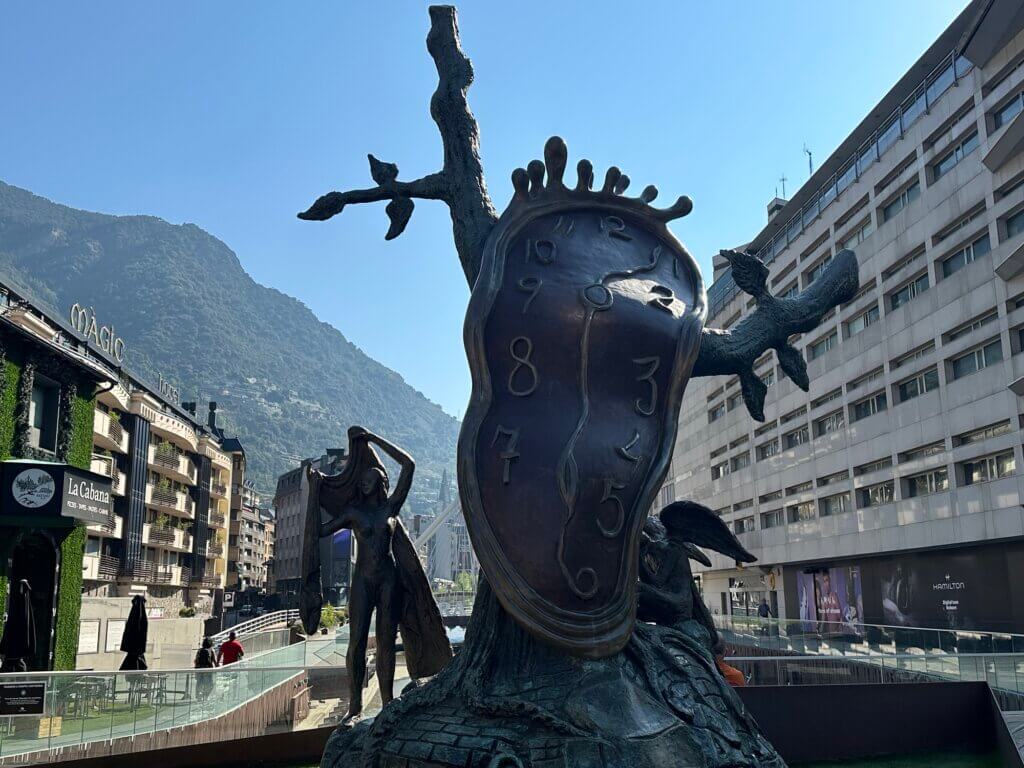
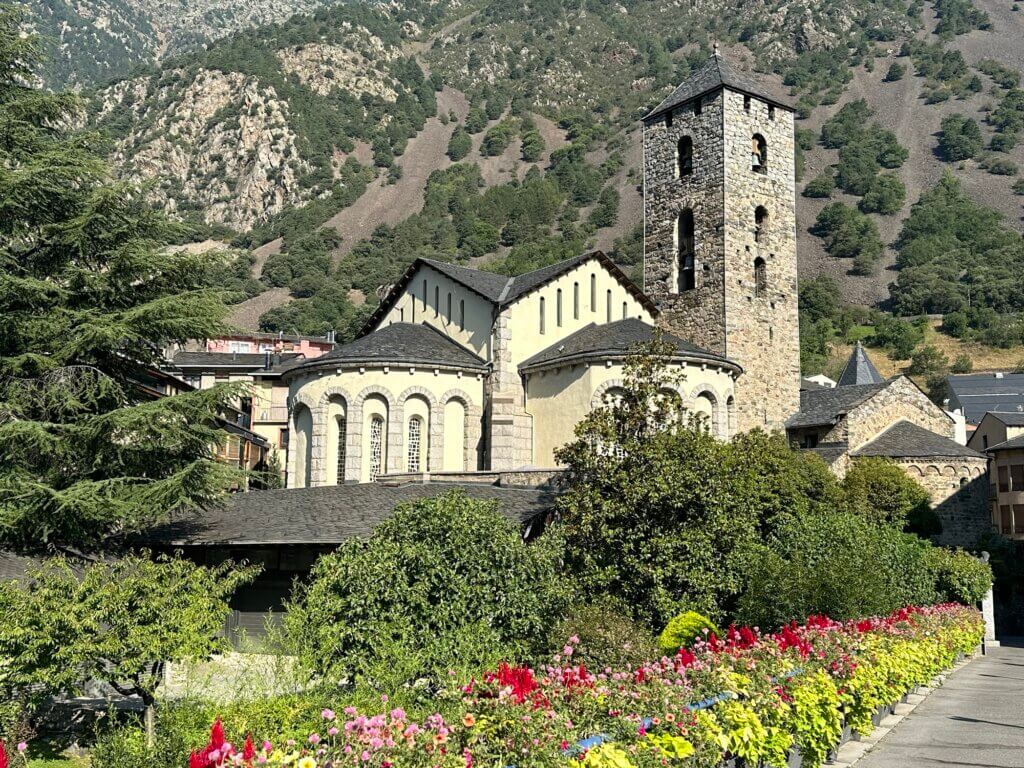
Today, Andorra is in fact no tax haven anymore, but a country that attacts visitors with tax-free shopping. It is a sovereign democratic state that is officially headed by the bishop of Urgell (in Spain) and the French president which only have representational duties. The country is part of the United Nations but not of the European Union. If you get to Andorra, there should be a border control – but only the Spanish and French authorities inspect passports of non-EU nationals. If you desire to get an Andorran immigration stamp into your passport you will be disappointed.
As Andorra isn’t part of the European Union, EU-nationals don’t experience free mobile roaming in the country. But surprise: you can pay by Euro and Andorra even has its own Euro coins. Official language is Catalan, which isn’t even the official language at Catalunya… but with Spanish and French you can communicate well, even better than with English. The capital city Andorra la Vella has only 67,000 inhabitants (half than my hometown Göttingen) and is a city that won’t overwhelm you with sights. I recommend having a look at the parliament (Casa de la Vall), the church Sant Esteve, the Museu Carmen Thyssen exhibiting modern art, shop tax-free at the Avinguda Meritxell and don’t miss Salvador Dalís artwork near river Valira.
Andorra la Vella
Andorra
Loading map...

